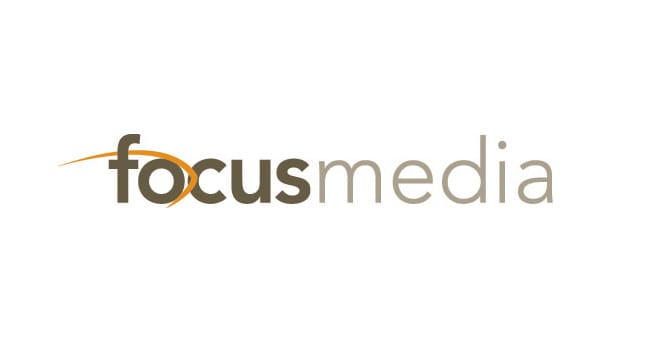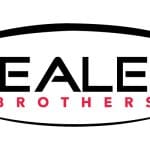By Josh Sommers
Published: 05/21/10
The BP oil spill in the Gulf of Mexico is now considered the nation’s worst environmental disaster in decades and will have devastating consequences for years to come.
Ever since the April 20th fire on an oil rig that killed 11 people, an estimated 210,000 gallons of crude oil a day have been leaking into the Gulf of Mexico. BP is spending $7 million a day to try to stop the leak, clean up the spill and mitigate economic impact. Meanwhile, the Justice Department has launched an investigation into the accident and the day-to-day developments are on the front page of newspapers worldwide.
BP, which leased the oil rig from the Swiss company Transocean, now faces a crisis that threatens its long-term viability. Since the accident, the company’s falling stock price has cut more than $30 billion from its market value and protests against the company are intensifying. Earlier this month, BP was targeted by both “60 Minutes” and “Saturday Night Live” in the same weekend.
In a fight for its life, BP’s ongoing response provides valuable lessons as a snapshot of how major corporations mobilize to solve serious problems.
First, BP took full responsibility for the cleanup and focused all of its resources on the crisis. To date, BP has sent 19,000 workers and 650 vessels to the scene. It has deployed 1.7 million feet of floating barriers that are designed to hold back oil that floats to the surface. BP has publicly committed to paying legitimate claims for loss and damage caused by the spill that could include property damage and the loss of earnings and profits. To date, it has received 15,000 claims and has paid 2,600 of them.
Next, BP retained one of the world’s leading public relations agencies, Brunswick Group, to help communicate the company’s actions to the public. The company is providing information through a wide array of channels, including its website, traditional media, Twitter and www.deepwaterhorizonresponse.com, a site built specifically for the crisis. The company has opened a 24-hour phone line for volunteers and for claims related to the spill.
The use of electronic tools has allowed BP to respond faster and more precisely to new developments. For example, when media reports alleged that BP was attempting to convince fishermen to sign waivers holding BP harmless from certain claims, BP responded on Twitter: “We’ve assured fishermen’s association that fishermen offering services are not required to sign a waiver.”
The use of video on its website has also helped convey the depth of BP’s response. In one video, BP CEO Tony Hayward explains the cleanup while a room full of busy-looking employees buzz behind him, giving viewers a glimpse into the hectic cleanup process that they don’t get from a typical media interview. Hayward has also served as the firm’s primary spokesperson, an effective public relations tactic used often by Fortune 500 firms to help emphasize the importance of the issue.
The cause of this spill may be debated for years, but BP’s public relations response has been bold, comprehensive and proactive.
It has deployed traditional public relations tactics coupled with interactive and social media tools to explain its response and demonstrate compassion for those affected by the spill. In today’s world, this is a terrific case study on how to react to a public relations crisis.
Josh Sommers is president and CEO of Focus Media, a leading Hudson Valley advertising and public relations agency. He can be reached at josh@advertisingandpr.com or 294-3342, ext. 303. Read his blog at www.advertisingandpr.com. His column appears Fridays.



